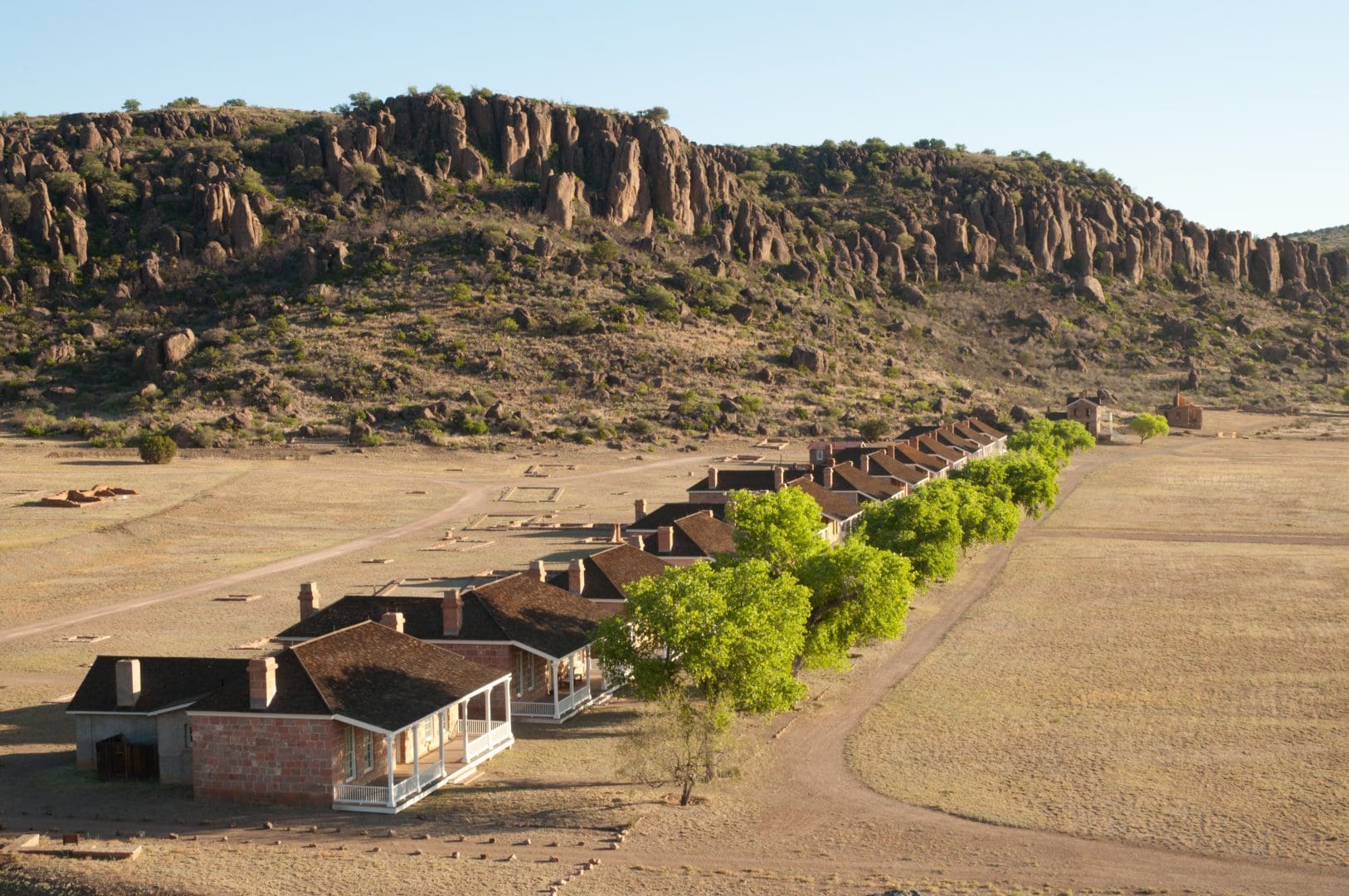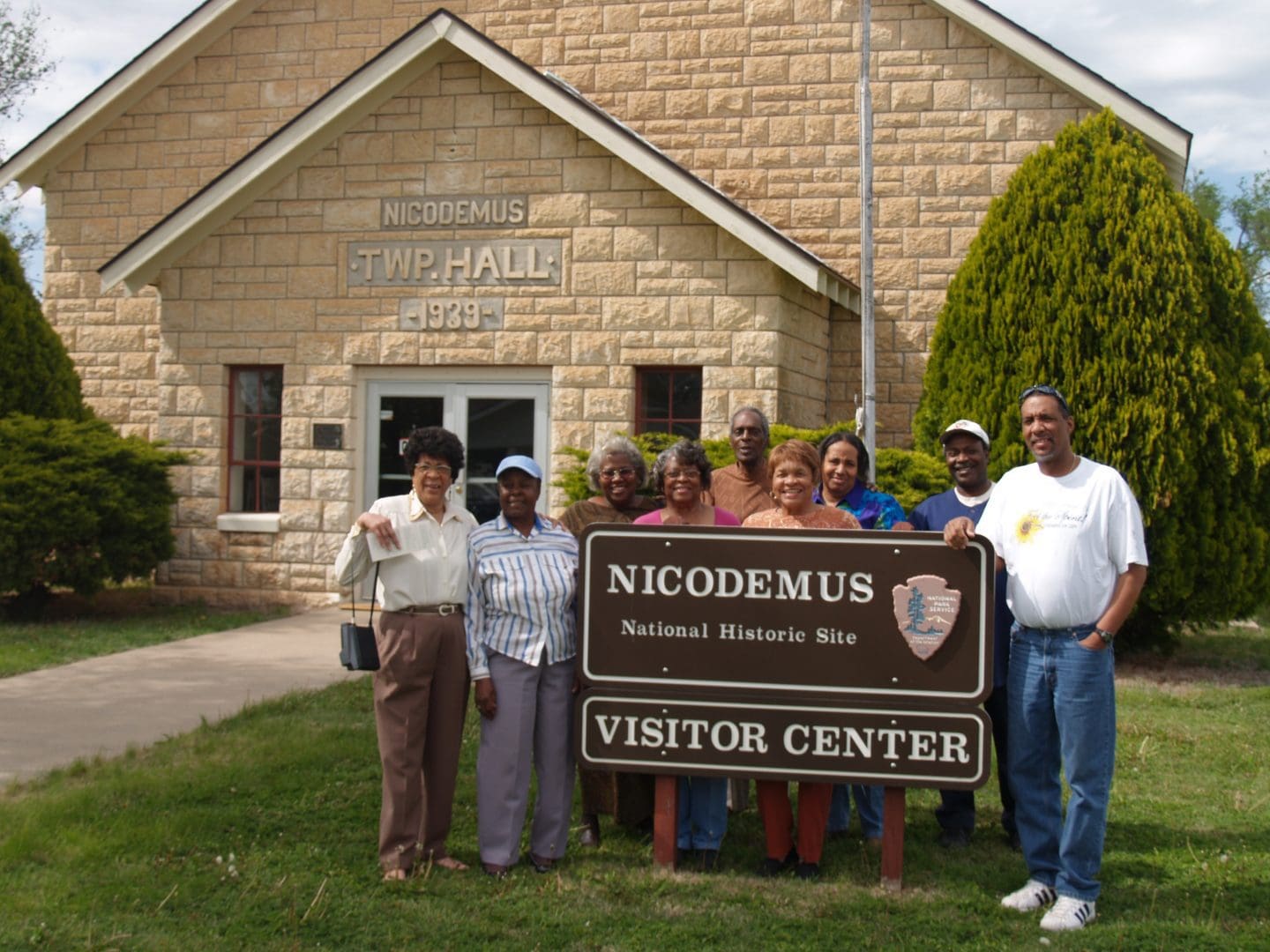
Black History Month
February is Black History Month, a month to celebrate “the too-often neglected accomplishments of black Americans in every area of endeavor throughout our history,” as President Gerald Ford said in 1976. Black History Month was recognized across the country that year as part of the United States Bicentennial. Today Black History Month continues to celebrate and honor the accomplishments of black Americans and also recognize important events in black history. Several NPS sites preserve areas and buildings that are sites of importance to black history.

Fort Davis
During the Civil War, more than 180,000 African Americans were volunteers in cavalry, artillery, and infantry units of the Union army, but they were not allowed to enlist as soldiers. After the war, Congress passed the Army Reorganization Act of 1866 to create six new regiments composed entirely of African American soldiers: the 9th and 10th Cavalry and the 38th, 39th, 40th, and 41st Infantry. The 38th and 39th Infantry were later consolidated and renamed the 24th Infantry, and the 40th and 41st Infantry later became the 25th Infantry. These regiments came to be known as “Buffalo Soldiers.” It’s unknown exactly how or why the soldiers earned this moniker, but one theory is that the Plains Indians who came into contact with the African American soldiers gave them the nickname because of the similarity between the dark, curly hair of the soldiers and that of buffalo.
Fort Davis, located in West Texas, has the distinction of serving as regimental headquarters for all four regiments of the Buffalo Soldiers. Beginning in 1867 with the 9th Cavalry, Buffalo Soldiers were stationed at Fort Davis for almost 20 years until the 10th Cavalry left in 1885. The Buffalo Soldiers played an important part during the years of the American Indian Wars, protecting the area from attacks and escorting US mail deliveries. They also laid roads, mapped vast swaths of land in the US Southwest, and constructed hundreds of miles of telegraph lines.
The US Army was officially desegregated in 1951, nearly one hundred years after the first Buffalo Soldiers served. Today, their legacy and importance in the history of the armed forces is preserved at Fort Davis National Historic Site.

Nicodemus
Nicodemus National Historic Site in Nicodemus,Kansas preserves the only remaining town established by African Americans during Reconstruction. The town of Nicodemus was established in 1877, one of many small agrarian communities founded in the latter half of the 1800s. Nicodemus was intended to be a black community in the Midwest, a free city away from the tension of Reconstruction in the South. When 350 black settlers from Lexington, Kentucky arrived in northern Kansas in September 1877, not all were pleased with the scene that awaited them. Instead of the woods and mountains of their former home, they found only the emptiness of the Great Plains. Some immediately returned home, but over time Nicodemus grew, with four more waves of settlers coming after the initial group. Businesses were established, including a hotel and two stores, and three churches were built. Though life could be hard in the small town, residents of Nicodemus persisted. It was the promise of freedom that propelled them forward. Today, the site is preserved to honor the strength of character and determined perseverance of its settlers.

Brown v. Board of Education
The famous Brown v. Board of Education Supreme Court case ended racial segregation in American public schools in 1954. Today, the legacy of the pivotal decision is preserved at Brown v. Board of Education National Historic Site in Topeka, Kansas. Though manythink of this court case as one little girl suing to attend an all-white school, in reality it was five different court cases from Kansas, Delaware, the District of Columbia, Virginia, and South Carolina. These cases combined into one case named Oliver Brown et al. v. The Board of Education of Topeka and involved dozens of plaintiffs from multiple schools in the five locations. This case overturned the Plessy v. Ferguson case of 1896, which upheld the constitutionality of “separate but equal” public schools. In Brown, the Supreme Court justices unanimously ruled that “separate educational facilities are inherently unequal.” This ruling was a pivotal moment in the civil rights movement, which fought for equal rights for black Americans. Today, the Brown v. Board of Education National Historic Site remains one of the most crucial landmarks dedicated to protecting and preserving African American history.



